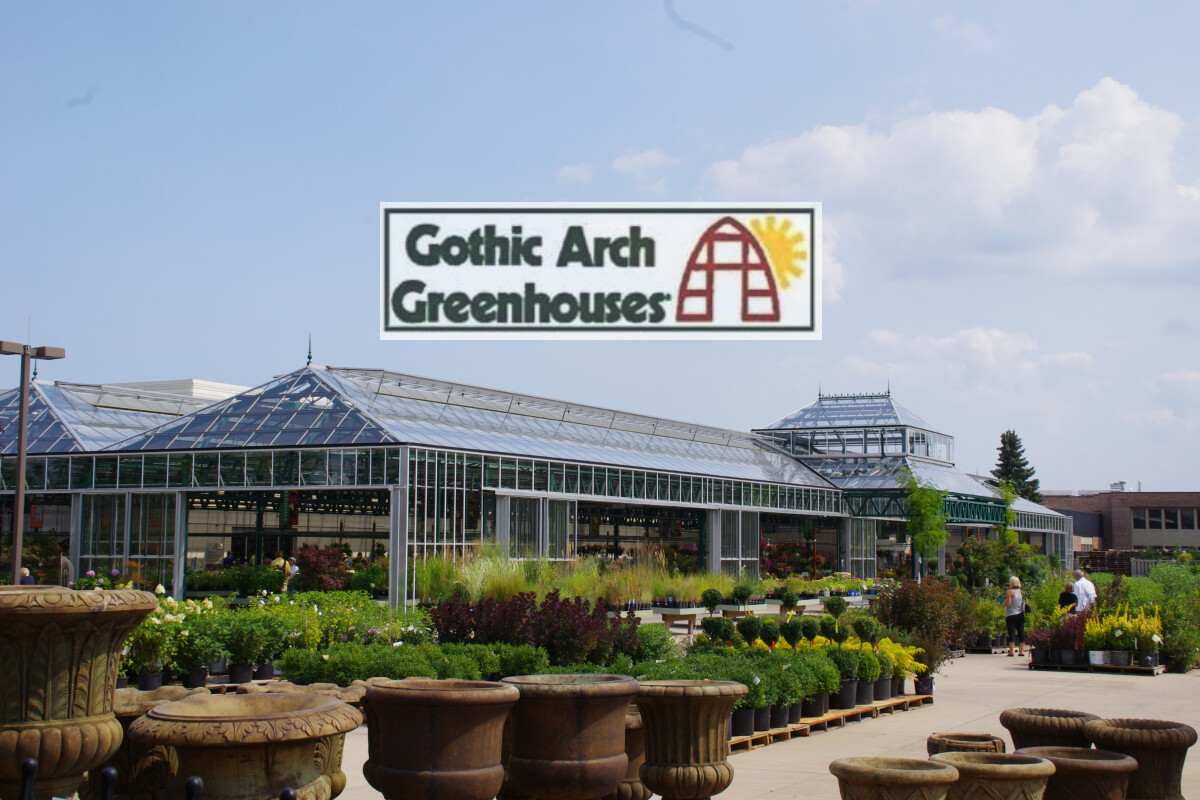
Gardeners of all ages, abilities and scales love to sell their products and reap the benefits of their hard work. Garden centers are uniquely designed for retail sales, though they may have areas for living plants, hard goods products, storage, and shipping and receiving. A retail garden center can help boost your sales and keep your customers coming back again and again.
But a garden center’s approach and design must be methodical to be successful—from the big picture even down to the small details.
Retail Garden Center Considerations:
Keep retail areas separate from all other areas for various functions of the garden center. Your retail space serves a different purpose from production or shipping, for example, so this will help you invest more in the customer experience.
Build High
High-roof structures are ideal for garden centers, as they create a better environment for customers and plants. By adjusting trusses, you can still make use of space while allowing customers the ability to reach hanging baskets.
Looks Matter
Typically located on high-traffic streets, garden centers must have some curb appeal. Using glass—at least on the front of your building—allows potential customers to get a peek at what you’re selling, even as they are driving by.
Design Seasonally
You have the first 20 feet from the entrance to make your impression on shoppers. Change displays regularly and seasonally to engage interest in various products. Some recommend making these changes every two to three weeks. Bench systems should be flexible so they can be used for such displays as they can be moved around to create different looks. Shade houses can be used during the hottest months to provide additional comfort for your plants and customers.
The Right Structure
Choose an appropriate greenhouse structure. For example, hoop houses can be used year ‘round or even temporarily. Sometimes, they function as both a production and retail area. Gutter-connected greenhouses are typically used by larger operations, and polycarbonate structures have the advantages of permanence and less maintenance.
Layout
Lay out your space with the customer in mind. Aisles should be wide to allow for foot traffic to flow easily, and space for wagons and carts if provided. Multiple doors may also be an option, as they can also assist in this flow.
Design Specifics
Design specifics can also help direct customers through your space. Signage provides direction, but you want to route shoppers through as many categories of items—plants, pots, potting soil, garden decor, etc.—as possible as this can help boost sales. Stock heavier items at waist-level as customers are more apt to select from middle or higher locations than picking up from the floor.
Flooring
Retail garden center floors are ideally flat, providing convenience for customers and level surfaces for benches that support your displays. We recommend concrete or asphalt painted a light color to reflect heat. Placement of drains helps keep floors dry to help minimize hazards that come with slippery, wet floors.
Product Promotion
Promote products in bundles, such as containers with potting soil, shrubs, flowers, fertilizer, and garden tools. These can provide ideas for your displays or specials that you want to advertise.
Stand Out!
Last, but not least, be unique! Approach your garden center design as creating a memorable experience that your customers will not only enjoy, but also share with others to generate invaluable word-of-mouth recommendations.
Our experienced team is ready to help you create your garden center design! We evaluate the technical aspects of your project in terms of equipment, interior layout and your specific needs. The possibilities within our range of structures and products are endless, whether your approach is classic or modern. Call us today at 800-531-4769 to begin!
